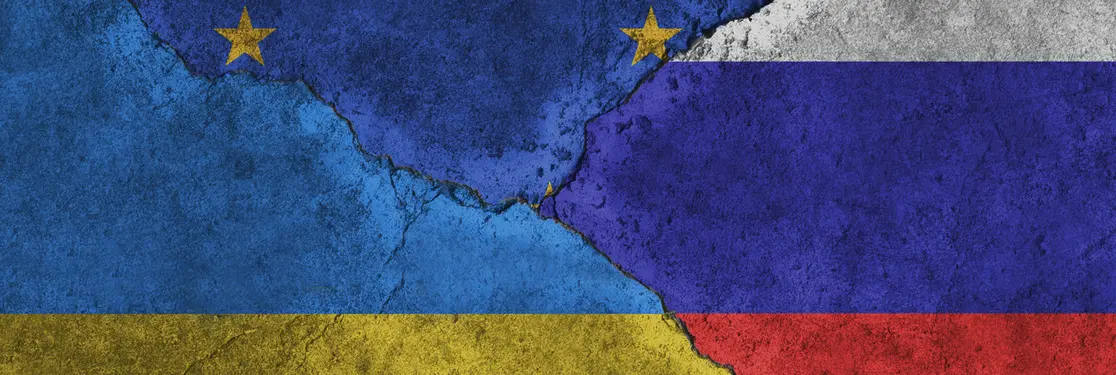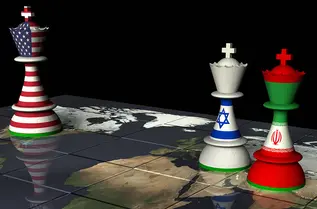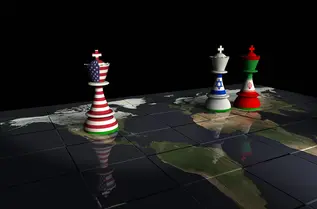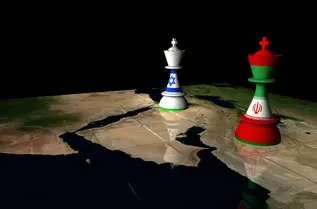The war in Ukraine will continue to dictate Europe’s prospects in 2023. It will shape local and EU politics, energy security, industrial policy, and international relations. In this article, we outline our expectations for the next phase of the war and offer an optimistic prospect for peace negotiations to lead to a cessation of hostilities in the second half of the year.
Much has happened in recent weeks in the Russia-Ukraine war. The United States has raised the prospect of negotiations, the Russian military left Kherson, emboldening Ukrainians, while a missile killed two in Poland highlighting how easily the war could escalate beyond Ukraine. Expectations are rising that Ukraine is now more willing to sit down for talks given the US change in rhetoric and Russia’s destruction of critical infrastructure ahead of the cold winter months.
Despite these developments, we are not changing our assumptions for the war. Risks remain tilted to the downside, as most scenarios lead to a negative outcome for Europe (in combination a 60% likelihood). Despite the downside pressures, it remains our base case expectation -- at 35% likelihood -- that a ceasefire in 2023 (most likely towards year-end) could lead to an end of the war. Our rationale is that:
- Western support should wane, as the public in Europe and the United States feels a greater economic squeeze next year, causing policy makers to pressurise Ukraine to seek negotiations. These pressures will increase throughout 2023.
- Ukraine will want to fight to regain territory for as long as possible; it will not stop before Western support actually begins to decrease or before it is militarily exhausted.
- Ukraine will only agree to negotiate if NATO offers sufficient security guarantees to deter Russia from launching a new attack after refuelling following a ceasefire. Because the West will be keen to see the conflict end, we expect the West will be willing to grant Ukraine sufficient guarantees. On the Russian side, Russia will have been able to gain and defend some territory beyond the 24 February battle line to be able to claim victory domestically, but it is militarily too exhausted to gain more territory.
The next most likely scenario is a conflict that lasts for several years. Recent signs out of Russia give the impression that Russian President Vladimir Putin is preparing for a long war. The school and University curriculum were amended to include military training and to create a pro-Russian narrative around the need for and goal of the war:
- For this scenario to materialise, both sides would need to be able to keep up the war effort over time with differing levels of intensity.
- Even if Ukraine’s military support weakens, the country can sustain an insurgency, as its fighters are better trained compared to less motivated Russian recruits.
- Russia still has significant resources for mobilisation and can reposition troops from other locations (e.g., Syria, Azerbaijan). Russia may decide to ‘wait’ for Western fatigue in supporting Ukraine to weaken Ukraine’s defences.
Despite the downside pressures, it remains our base case expectation -- at 35% likelihood -- that a ceasefire in H2 2023 could lead to an end of the war.
The other likely scenario in our opinion is the risk of a direct escalation with the West (25% likelihood), either in or beyond Ukraine. The most plausible event leading to a direct war with the West has hitherto been a targeted nuclear attack within Ukraine. However, recent events in Poland raise the prospect that a direct war with the West could also happen because of other developments. So far, it seems the missile killing two in Poland has been an accident caused by Ukrainian forces to defend from Russian attacks. However, investigations are ongoing and the outcome does matter. Given Russia’s way of waging war, it is not implausible that these missiles were planned by Russia to send a warning sign. While this is not our expectation, the incident serves as a reminder of how quickly an escalation could occur.
Overall, we consider the nuclear risk underappreciated. The most obvious nuclear risk results from an ‘accident’ around the nuclear power plant Zaporizhzhia given it is exposed to frequent shelling. The fact that the leaders of Germany, the United States, and France felt compelled to get China’s Xi Jinping to voice publicly his opposition to nuclear escalation is evidence for how high the United States and the EU consider this risk to be. The change of tone in the United States (calling for negotiations) is also likely the result of concerns over what Russia may be willing to do the more it is militarily humiliated. It is also important to remember that Russia’s military doctrine makes nuclear escalation more likely.
There are several other low-likelihood scenarios, which include a Russian ‘victory’, a Ukrainian ‘victory’, and a power shift in Russia that leads to an end of the war. However, a power shift in Russia would more likely lead to a more hawkish leader taking over rather than a benign figure, increasing the prospect of escalation. Lastly, there is no such thing as a Ukrainian ‘victory’ as it would precipitate a humiliated nuclear power in the epicentre of Europe posing a constant threat to Western Europe. Equally, a Russian ‘victory’ would increase the risk that Russia would go beyond Ukraine.
The next most likely scenario is a conflict that lasts for several years.





